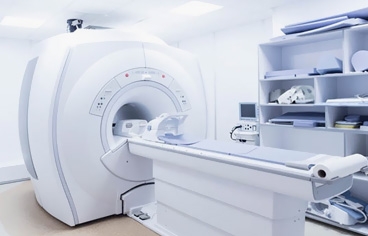What are Epilepsy Seizures and Epilepsy Disease?
- Home
- What are Epilepsy Seizures and Epilepsy Disease?

Epilepsy, also popularly known as sara's disease, is a condition characterized by sudden, abnormal, and uncontrolled dec discharges of brain cells. A single seizure is called an epilepsy seizure, and a condition in which seizures persist is called epilepsy disease. According to the function performed by the area of the brain affected by epilepsy, symptoms may occur.
What Symptoms Are Observed In An Epileptic Seizure?
- Changes in consciousness and closure of consciousness,
- Don't dive in, don't look blank,
- Falling to the ground,
- Fast blink,
- The person bites his tongue, foam comes from his mouth,
- Unilateral or bilateral contraction of the arms and legs, tremor,
- Sudden contractions of the body,
- Urinary incontinence,
- Short-term numbness of the face, hands, feet,
- Fear,
- Psychological symptoms such as anxiety or deja vu (feeling like you have experienced that moment before) are observed.
What Is Aura? When Is It Seen?
The leading symptoms that appear at the beginning of a seizure related to the functions of the region of the brain that causes seizure activity are called auras.
- Sensory symptoms: Numbness, tingling, burning, etc.
- Visual symptoms,
- Hearing-related symptoms,
- Unpleasant odors: the smell of burnt tires, the smell of rotten food, etc.
How Is Epilepsy Diagnosed?
In the diagnosis of the disease, it is worth to conduct a detailed history of the patient and a complete neurological examination. Epilepsy in the patient's family, whether whether there is a problem during the birth, previous diseases, a history of trauma, the age of disease onset, frequency of seizures and the sign should be questioned in detail.
EEG Examination: It is an easy and painless examination used to determine the electrical activity of the brain and to detect parts of the brain that show abnormal activity. It is one of the indispensable examinations in the diagnosis, follow-up and management of epilepsy.
A structural disorder of the brain (tumor, hemorrhage, vascular occlusion, bubble, etc. MRI and Computed Tomography (CT) examinations are also among the other examinations used.
-
 What is Cybernix Therapy?
What is Cybernix Therapy?
-
 What is Endometriosis (Chocolate Cyst)? What are the symptoms? How to Treat?
What is Endometriosis (Chocolate Cyst)? What are the symptoms? How to Treat?
-
 Colon Cancer (Symptoms, Stages, Treatment)
Colon Cancer (Symptoms, Stages, Treatment)
-
 Influenza (Flu) in Children
Influenza (Flu) in Children
-
 Stomach Cancer Symptoms and Treatment Methods
Stomach Cancer Symptoms and Treatment Methods
-
 What is Lymph Node Swelling? What Are The Reasons?
What is Lymph Node Swelling? What Are The Reasons?
-
 When to Use Antibiotics? What are the side effects? What is Antibiotic Resistance?
When to Use Antibiotics? What are the side effects? What is Antibiotic Resistance?
-
 What is Muscle Spasm?
What is Muscle Spasm?
-
 What is MRI? How to Take an MRI with Medication? Is It Harmful?
What is MRI? How to Take an MRI with Medication? Is It Harmful?
-
 What are the Causes of Diarrhea and Vomiting? How to Treat?
What are the Causes of Diarrhea and Vomiting? How to Treat?

